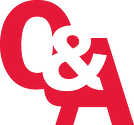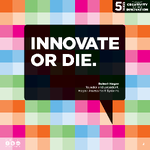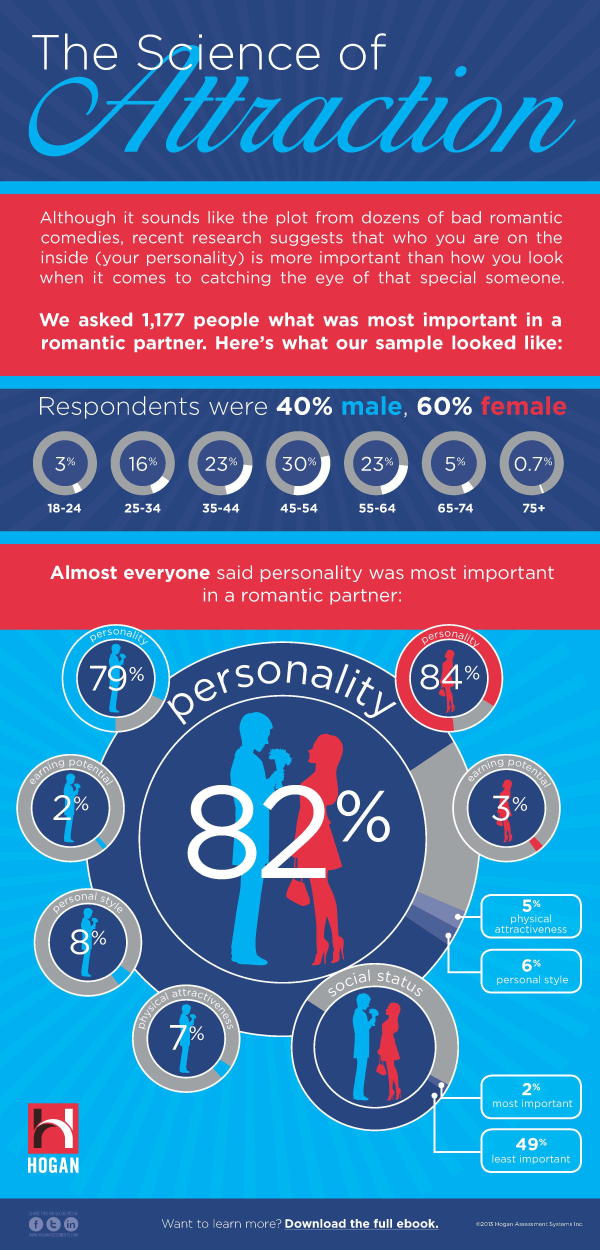 Managers intuitively understand that achieving the right mix of skills, experience, and personality is key to ensuring a productive team and content workforce. Get that mix wrong – even by just one individual – and the result can be ruinous. Ryan Ross, Hogan vice president of Global Alliances, discusses personality and teams.
Managers intuitively understand that achieving the right mix of skills, experience, and personality is key to ensuring a productive team and content workforce. Get that mix wrong – even by just one individual – and the result can be ruinous. Ryan Ross, Hogan vice president of Global Alliances, discusses personality and teams.
Q. How does personality affect team performance?
A. A team is made up of individuals, and personality can be the mortar that holds the team together or the chisel that tears it apart. The makeup of the team, the demands, and what is needed to be successful is dependent on the individuals. They have to be able to work together, and they have to be engaged with each other.
Q. What characteristics do high-performing teams share?
A. First, high-performing teams are self-aware of their collective strengths and their development needs as a team. They know where their blind spots are, and they’re willing to seek outside influence to help compensate. Second, they are focused on a mission. Individually, they have clear objectives to contribute to the team, and there’s also a desire to keep score. They want to know, “Are we winning as a team? If not, what are we going to do to fix that?” It creates a sense of accountability.
Q. What are the functional and psychological team roles?
A. Functional roles in a team are simply based on title, level in an organization, or past experience. It’s the old military example of just because they have stripes on their arms or stars on their lapel you have to call them a leader. Psychological roles are who we become in the team. Are we an antagonist or a creator? Are we focused on details and implementation or are we dedicated to team collaboration? Are we focused on results, relationships, pragmatics, process, or innovation?
Q. In terms of composition, what do teams need?
A. Teams need someone paying attention to the vision and goals, and they need someone paying attention – strategically – to how they’re going to get there. Teams need individuals who are driving the work and actually getting work done versus just talking about it. They also need someone who is paying attention to details, as well as someone to keep harmony and collaboration going in the team. If you think about societal roles, it’s basically the same thing. You need a mayor, you need a city council, and you need employees.
Q. Can too much dissimilarity in a team be problematic?
A. You bet it can. Too many dissimilar values can be problematic. You’re going to find that people gravitate towards each other in a team. Teams need to identify and understand their collective strengths and shortcomings. If you have a team that is on both ends of the spectrum when it comes to Adjustment (the HPI scale related to confidence and self-esteem) – meaning that half the team is rock-solid and nothing bothers them, and the other half of the team freaks out when the room is too warm – then those two groups are always going to be at odds. They have to recognize that shortcoming and meet somewhere in the middle. Values are a key challenge when you have dissimilarity in a team. We find that there are two or three common core values in a team and that the rest are free to vary, which is what gives you the uniqueness of individuals.
Q. How do shared group values impact team performance?
A. They help build cohesion. People who value the same things tend to be interested in performing work in similar ways. They focus on certain goals and share a common language, even though they may be new acquaintances. If I know you value winning, competing, and the way things look and feel, we could already have a relationship even if we just met. Shared values are especially important today because organizations are doing so much more virtual teamwork. Oftentimes, we don’t have an opportunity to sit down and have conversations anymore, but because we talk the same way or have the same values, those relationships are easier to make.
Q. What can shared derailers mean to a team?
A. Blind spots. Shared derailers create a culture of derailment where a certain derailer is seen as just the way we are. For example, say a retailer has a management team with very high scores on Bold (the HDS scale related to self-confidence and arrogance) and Mischievous (the HDS scale related to risk-taking and limit-testing); that would breed a culture where if you couldn’t stand up, take punches and push the envelope, then you wouldn’t fit in. It leads to the acceptance of things that cause the every day employee to suffer.
Q. How do we keep team members engaged?
A. Getting and keeping team members engaged starts with leadership. The definition of leadership is being able to build and sustain high-performing teams. The only way to do that is with individuals that are engaged. How do you get engagement? Through good leadership. How do you identify good leaders? By looking at their personality. It’s a building block – teams that are engaged will take action more quickly, and they’re more defensive when it comes to outside challenges because they want to protect each other. The functional head of the team must drive the engagement, or things get out of sync. It’s helping the leader understand how to drive and motivate a team by knowing who the players are, what they value, and how that fits with the mission they’re being asked to accomplish.
Follow Ryan Ross on Twitter @RRossHogan
 This axiom is all too relevant for entrepreneurs today. Companies like Google and Pixar embrace a collaborative and innovative culture with unconventional work hours and offices. Why do they go through such great lengths to foster their employees’ creativity? Because that’s what a creative employee’s personality demands.
This axiom is all too relevant for entrepreneurs today. Companies like Google and Pixar embrace a collaborative and innovative culture with unconventional work hours and offices. Why do they go through such great lengths to foster their employees’ creativity? Because that’s what a creative employee’s personality demands.


 Every year, the SIOP Executive Board presents the
Every year, the SIOP Executive Board presents the 
 Managers intuitively understand that achieving the right mix of skills, experience, and personality is key to ensuring a productive team and content workforce. Get that mix wrong – even by just one individual – and the result can be ruinous. Ryan Ross, Hogan vice president of Global Alliances, discusses personality and teams.
Managers intuitively understand that achieving the right mix of skills, experience, and personality is key to ensuring a productive team and content workforce. Get that mix wrong – even by just one individual – and the result can be ruinous. Ryan Ross, Hogan vice president of Global Alliances, discusses personality and teams.
